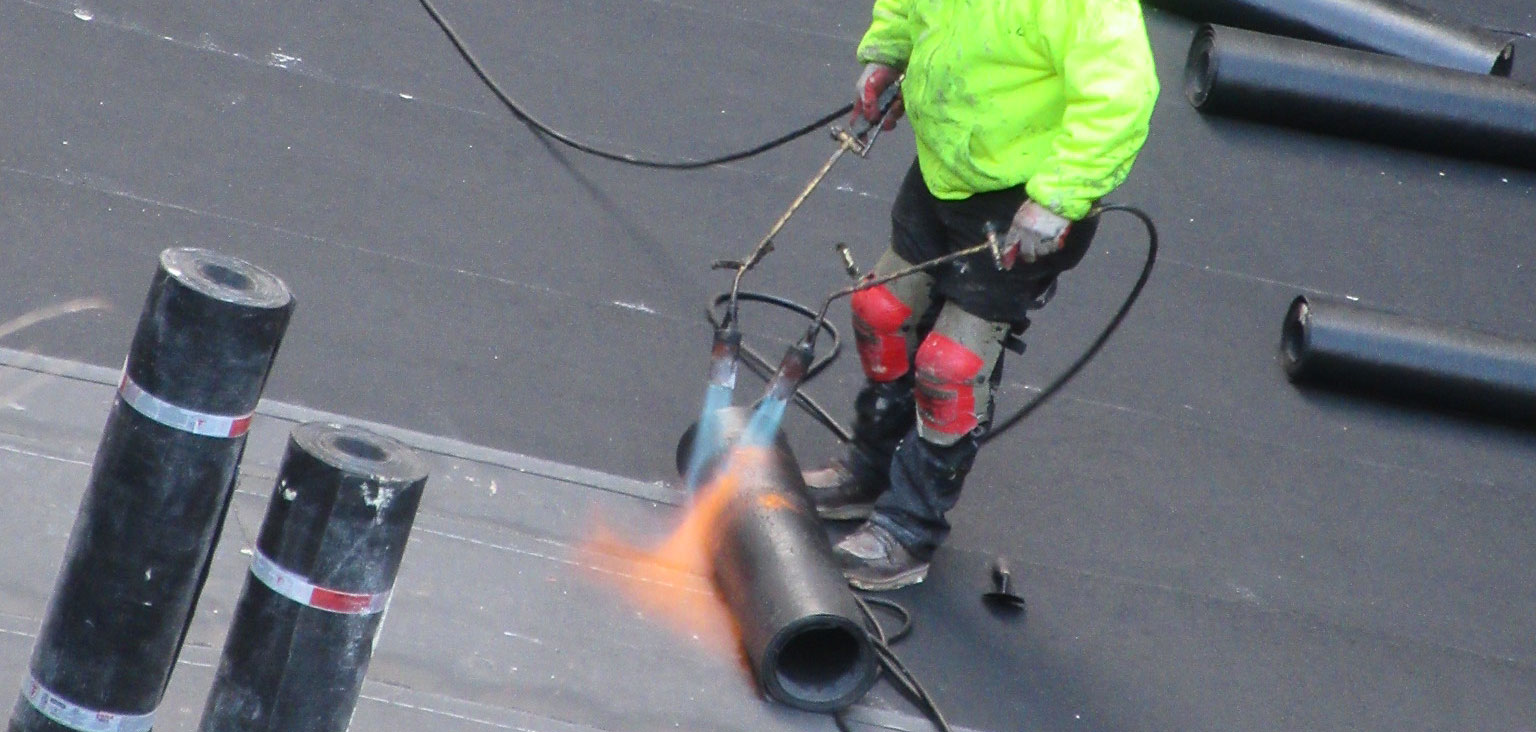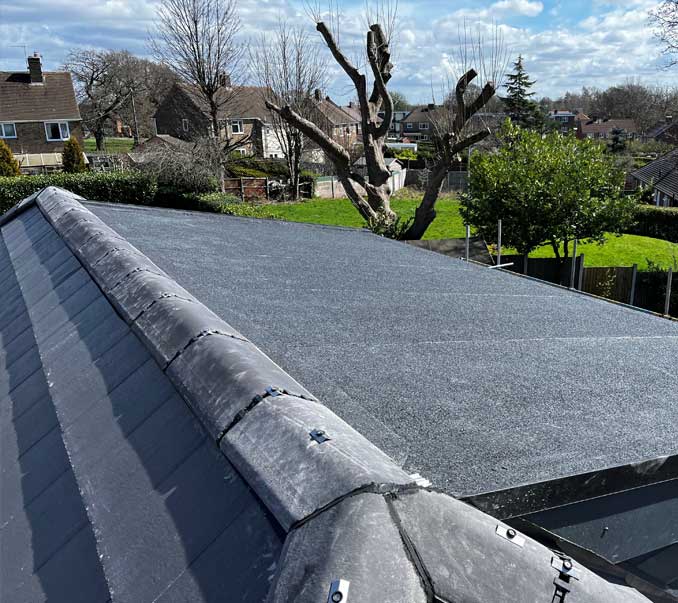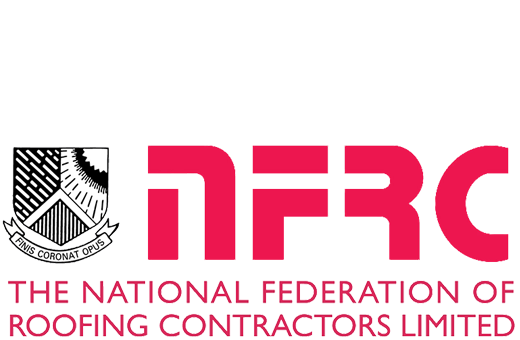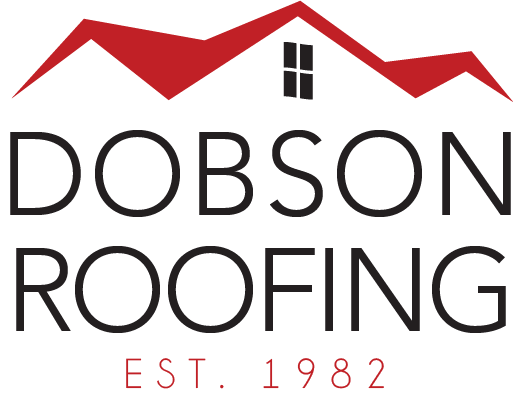Beyond the basic construction steps, there are several important additional considerations when getting a flat roof. These can affect performance, longevity, cost, and maintenance. Here’s what else you should keep in mind:
1. Roof Purpose and Accessibility
Will the roof be accessed frequently? Consider reinforced systems or walk pads.
Will it be used as a living space? (e.g., rooftop deck or green roof) – this requires special structural and waterproofing design.
2. Drainage Planning
Flat roofs aren’t truly flat – they require a slight slope (minimum 1/4” per foot).
Consider:
Internal drains vs. scuppers vs. gutters
Backup overflow drains in case of blockages
Preventative maintenance for keeping drains clear
3. Roof Penetrations and Details
Skylights, vents, HVAC units, solar panels – all these increase the risk of leaks.
Each penetration needs proper flashing and integration into the membrane system.
4. Thermal Performance
Ensure adequate insulation (R-value) for energy efficiency.
In hot climates, consider reflective “cool roof” membranes (like white TPO or reflective coatings) to reduce heat absorption.
5. Fire Rating
Check for fire resistance of the membrane and insulation.
Some jurisdictions require minimum Class A fire ratings for roofing systems.
6. Environmental Considerations
Interested in sustainability? Look into:
Green roofs (vegetative systems)
Solar PV integration
Recyclable membranes (TPO, PVC)
Low-VOC adhesives and coatings
7. Cost vs. Longevity
Not all flat roofs are created equal:
Built-up roof (BUR): lower initial cost, shorter life
EPDM: budget-friendly, good lifespan (~20-25 years)
TPO/PVC: more durable, UV reflective, slightly higher cost
Modified Bitumen: good for durability and foot traffic
8. Warranty and Contractor Quality
Get a warranty (manufacturer + contractor).
Use licensed, experienced installers familiar with the membrane system.
Poor installation is the #1 reason for early failure.
9. Maintenance Requirements
No roof is truly “set and forget.”
Schedule biannual inspections (spring and fall)
Look for ponding water, membrane tears, flashing separation, and debris
Clean drains and remove vegetation
10. Local Building Codes and Permits
Codes may specify:
Minimum slope
Fire and wind resistance
Drainage requirements
Always confirm with your local authority before work begins.






Contact Us
Address
Dobson Roofing Services Ltd,
109-111 Chesterfield Road, Dronfield, Derbyshire, S18 2XE
Phone
M: 07711770081
